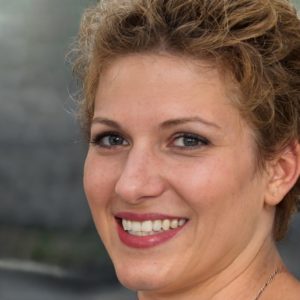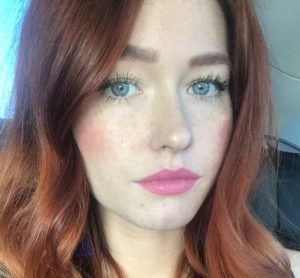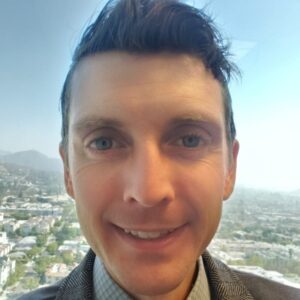Artificial turf has come a long way from its early days in sports stadiums. Today, it’s a common sight in backyards, school playgrounds, public parks, and commercial spaces.
People are drawn to artificial turf because it looks consistently green, cuts down on maintenance, and supports water conservation in regions where drought is a concern. Cities, businesses, and schools are investing in turf for cost savings and year-round usability. Homeowners see it as a way to enjoy a tidy lawn without constant upkeep.
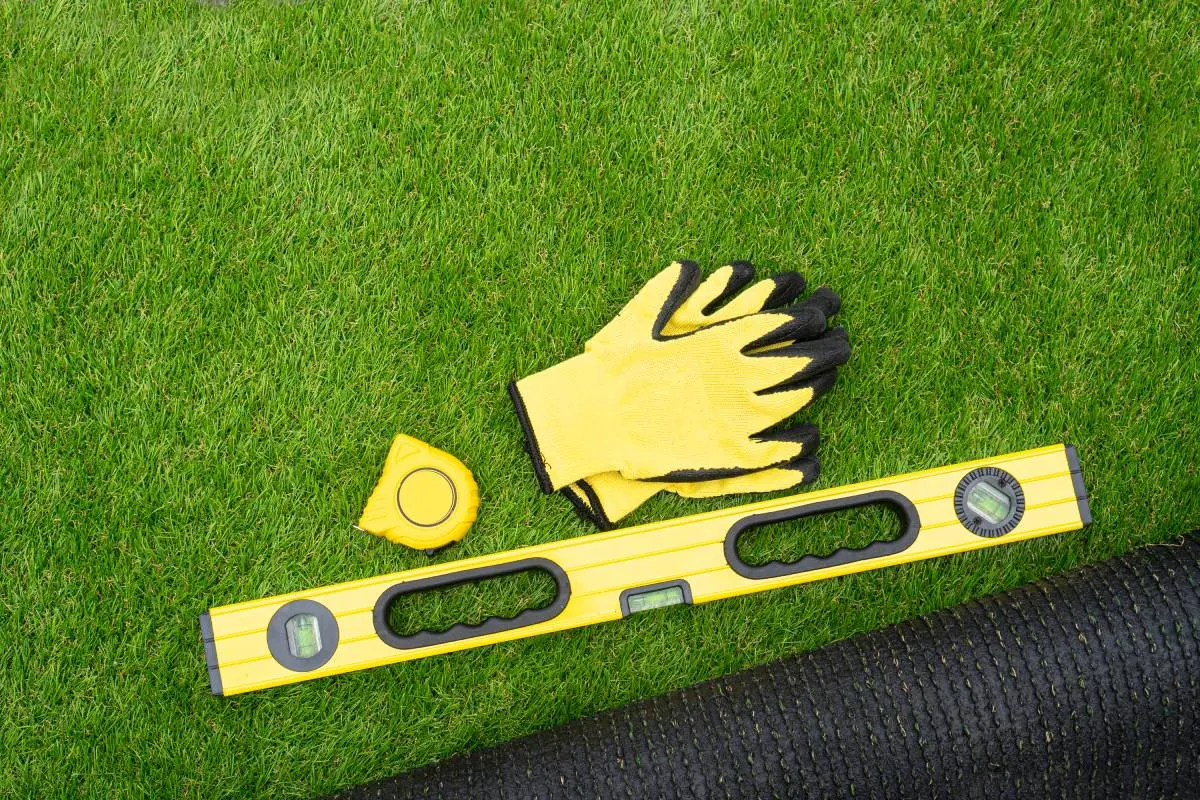
With so many factors working in its favor, the artificial turf market is heading into 2025 with steady growth and new opportunities on the horizon.
Synthetic Turf Market Report
The synthetic turf market has been steadily gaining traction over the past decade. Growing interest in water conservation has positioned artificial turf as a water-wise alternative to traditional lawns. Residential adoption has expanded alongside continued investment in sports fields, commercial landscapes, and public spaces.
Artificial Turf Market Size and Forecast
Synthetic turf market reports show that it’s gaining ground. Grand View Research estimates the global market trend at $6.87 billion in 2024, with projections of $7.26 billion in 2025 and nearly $10 billion by 2030. In the United States alone, the market was valued at $1.1 billion in 2024 and is expected to reach $1.58 billion by 2030.
These numbers reflect both expanding residential adoption and continued investment in sports and commercial applications. This is a sign that the artificial grass turf market is maturing alongside broader landscaping trends.
Market Breakdown by Material
The choice of material not only determines turf’s look and feel but also how long it lasts and where it performs best:
- Polyethylene (PE): This material is known for its softness and durability, which makes it the most widely used in the industry. It is especially popular for sports and residential lawns.
- Polypropylene (PP): Polypropylene is cheaper and stiffer than PE, so it is often used in decorative landscaping where comfort is not the main priority.
- Nylon: Nylon is stronger and resilient, but its higher cost limits its use in large-scale installations.
Market Breakdown by Application
Different sectors are adopting artificial turf for very different reasons, and understanding this helps explain where the strongest growth is happening.
- Sports: This segment remains the largest application segment, driven by demand from schools, universities, and professional teams that need durable, year-round fields.
- Residential: Home use is growing quickly as homeowners look for low-maintenance yards, particularly in drought-prone states where natural lawns are costly to maintain.
- Commercial: Businesses such as office buildings, shopping centers, and hotels are installing turf to cut maintenance costs while keeping outdoor spaces attractive.
How big is the artificial turf industry going to get as schools, businesses, and homeowners continue to invest?
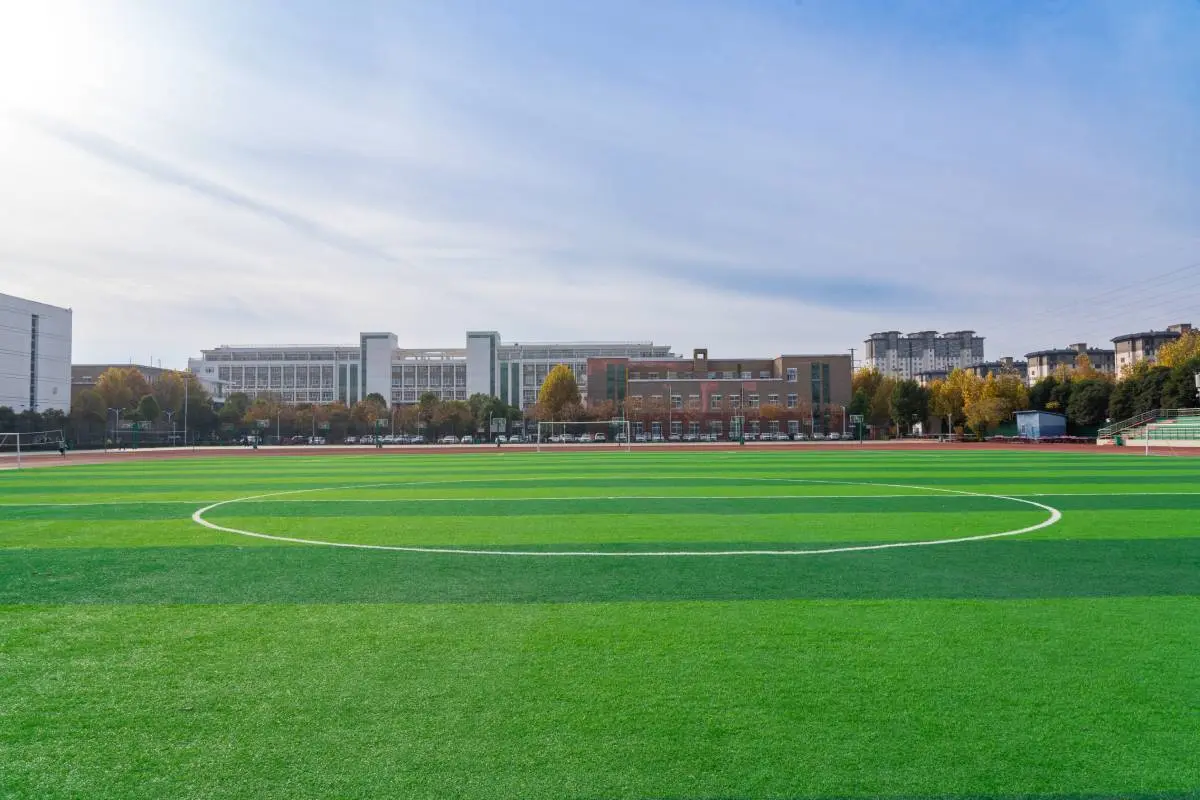
In Texas, several high schools have replaced natural grass with turf to save on water and mowing costs while also allowing fields to host multiple sports back-to-back without downtime.
In California, several universities are integrating artificial turf into their sustainability initiatives to support water conservation goals. The University of California, Los Angeles (UCLA) replaced the intramural field’s grass with artificial turf, anticipating annual water savings of 6.5 million gallons.
Artificial Turf Market Trends and Insights
In 2025, the market is being shaped by water-saving rules, rebate incentives, and new turf technologies designed to tackle heat and safety concerns.
1. Water Conservation and Rebate Programs
Water scarcity is one of the strongest drivers of turf adoption. This shift is directly influencing the artificial turf market and making conservation a central part of its growth story. These programs shorten payback periods and create a surge in demand whenever new rebate rounds open.
- In Southern Nevada, Assembly Bill 356 will prohibit the use of Colorado River water on non-functional turf starting in 2027. Local water agencies already offer rebates of up to $5 per square foot to encourage early conversion.
- In Southern California, residential incentives typically range between $2 and $5 per square foot, while commercial projects may qualify for $7 per square foot or more. Los Angeles programs sometimes push the value even higher.
- In Arizona, cities like Phoenix provide rebates of around $2 per square foot, making conversions more affordable.
Landscapers often see spikes in business during rebate application seasons, and some contractors are now offering turf financing options to make large conversions more affordable.
2. Changing Rules for Homeowners
In some states, homeowners’ associations (HOAs) once blocked turf installations. That is shifting now. For contractors, these legal changes create new opportunities in suburban neighborhoods where demand was previously suppressed.
- In Arizona, HOAs cannot ban turf if natural grass is allowed. This has opened the door for suburban homeowners to invest in front-yard and backyard projects.
- In Florida, a new law limits how much HOAs can restrict backyard features, including artificial turf. This makes turf more accessible for homeowners who previously faced HOA resistance.
3. Sports Applications Remain Strong
Sports remain the backbone of the industry. Schools and universities want fields that can handle heavy use, and turf offers year-round playability. Professional teams continue to invest in cutting-edge turf systems designed to reduce injuries and improve performance.
For example, some new systems use cooling infills that lower surface temperatures by 20 to 30 degrees compared to traditional rubber infill. Others incorporate hybrid grass systems that combine natural and synthetic fibers to create a more natural look and feel. These innovations are helping turf stay competitive even as concerns about heat and safety surface.
4. Spotlight on PFAS Concerns
One of the challenges the industry faces is scrutiny over PFAS chemicals, sometimes called “forever chemicals.” States like Maine and Vermont have passed legislation banning PFAS in artificial turf, with bans taking effect in 2026 and 2029, respectively. California also allows cities to restrict turf installations.
In response, manufacturers are introducing PFAS-free or low-detection products. They are also providing testing documentation to reassure customers, especially schools and public agencies. Buyers should review product specifications carefully to ensure compliance with local regulations.
Key Players in the Artificial Turf Industry
The artificial turf market is shaped by a mix of global giants and specialized brands. Here are the major players leading the way in 2025:
| Company / Brand (Parent) | Focus Areas | What They’re Known For |
| Act Global (Xtreme Turf / AvTurf) | Sports and specialized uses (airports) | FIFA Quality licensee, notable airport and airfield turf known for compliance and global reach |
| AstroTurf (Sport Group) | Football, baseball, soccer, multi-sport systems | Heritage brand with a long track record and continuous innovation within Sport Group |
| CCGrass | High-volume sports and landscaping projects | Large-scale production and competitive pricing |
| Domo Sports Grass (TenCate Grass) | Football, hockey, and rugby fields | 2025 FIFA Preferred Provider and large European footprint |
| FieldTurf (Tarkett Sports) | Professional and community sports fields | Extensive lab testing and broad NFL/MLS presence |
| ForeverLawn (K9Grass, Playground Grass) | Niche applications (pets, playgrounds, recreation) | Purpose‑built lines for dogs and safety‑rated playgrounds |
| GreenFields (TenCate Grass) | Football (soccer); woven & hybrid | Woven/IRONTURF tech and FIFA Quality systems |
| Hellas Construction (TenCate Grass) | Design‑build for stadiums and schools | Largest vertically integrated U.S. turf company designing Matrix turf and systems |
| Limonta Sport | Professional soccer fields | FIFA Preferred Provider and GEO organic infill systems |
| Polytan / Poligras (Sport Group) | Football, hockey, athletic fields | FIFA Preferred Provider and Poligras meeting Olympic hockey standard |
| Shaw Sports Turf (Shaw Industries) | Athletic fields; landscape via Shawgrass | Big U.S. manufacturing, R&D investment, and HydroChill cooling infill pre‑coat |
| Synthetic Turf International (The Recreational Group) | Putting greens, playgrounds, and commercial projects | 150-dealer network with strong local support |
| TigerTurf (TenCate Grass) | Sports, education, and landscaping | Global landscape and sports portfolio under TenCate |
Artificial Turf Market Growth Opportunities
The next few years will bring new opportunities for contractors, suppliers, and property owners.
1. Residential Landscaping in Drought-Prone States
Rebates and water restrictions make turf appealing to homeowners. Contractors who handle rebate paperwork for clients gain a competitive advantage.
2. School and University Fields
Multi-sport complexes are on the rise, and turf fields can host soccer, football, lacrosse, and band practice without rest periods. Schools save money and maximize the use of their facilities.
3. PFAS-Compliant Product Lines
Manufacturers who adapt quickly to regulations will secure more public contracts. Being able to show test results is becoming a sales advantage.
4. Recycling and Removal Services
Old turf disposal is expensive. Companies that offer recycling or repurposing services will stand out, especially in public bids where sustainability is a requirement, reshaping the turf business.
5. Commercial and Hospitality Spaces
Hotels are installing turf in outdoor lounges and pool areas. Office complexes are using it in courtyards to create relaxing green spaces for employees.
6. Rooftop and Urban Installations
In dense cities, turf is becoming a solution for rooftops and patios. Lightweight systems with proper drainage are creating new markets in places where natural grass is impossible.
Top U.S. States Driving Demand for Artificial Turf Installations
Several states stand out for their strong demand, and each provides a glimpse into how regulations, culture, and climate drive demand differently.
- California: The combination of water shortages, strict lawn regulations, and attractive rebate programs makes it one of the largest turf markets in the country. Universities, city parks, and homeowners are all turning to turf.
- Nevada: With nonfunctional turf set to be outlawed in 2027, demand is skyrocketing. Rebates of up to $5 per square foot are fueling conversions now.
- Arizona: With its desert climate and HOA-friendly laws, Arizona has seen rapid adoption. Cities like Phoenix and Scottsdale actively promote turf through rebate programs.
- Texas: The sheer size of Texas and its sports culture make it a leading market. High schools, colleges, and even professional training facilities are investing in turf. Residential demand is also growing in cities like Dallas and Austin, where summers are long and lawns are difficult to maintain.
- Florida: Demand is rising thanks to HOA rule changes and the popularity of backyard upgrades. Homeowners are adding turf to poolsides, patios, and play areas.
Conclusion
Artificial turf is no longer just a solution for sports teams as it has become a mainstream option for homeowners, schools, businesses, and city planners. Demand is strongest in the western U.S., where drought policies and rebate programs push property owners toward water-smart choices. Looking ahead, the biggest opportunities will come from residential conversions, school field upgrades, and sustainable product innovations that address PFAS and recycling concerns.
FAQ
How Long Does Artificial Turf Last?
A professionally installed turf surface typically lasts anywhere from eight to 15 years. Sports fields may require replacement sooner, while residential and commercial installs typically see longer lifespans with routine maintenance services such as brushing, infill top-ups, and seam inspections.
Is Artificial Turf Safe for Kids and Pets?
Most turf systems today are designed with safety in mind. Many manufacturers offer specialized lines (e.g., pet-friendly or playground turf), so contractors should match the right product to the client’s needs and provide documentation to reassure schools, municipalities, or homeowners.
Does It Get Too Hot in the Summer?
Turf can heat up more than natural grass under direct sun, but manufacturers are addressing this with lighter fabrics and cooling infills. These improvements can bring the surface temperature down by 20 to 30 degrees compared to older rubber systems. Setting client expectations and specifying the right products helps reduce heat-related concerns.
What Kind of Maintenance Is Required?
Artificial turf reduces, but doesn’t eliminate, upkeep. Contractors can offer maintenance packages that include brushing, debris removal, infill top-ups, and seam repairs. Positioning these services highlights long-term performance benefits and creates recurring revenue opportunities.
What Happens to Old Turf Once It’s Removed?
Disposal is a growing concern. Contractors that partner with recycling facilities or repurposing programs can gain an edge in public bids where sustainability is a requirement.
